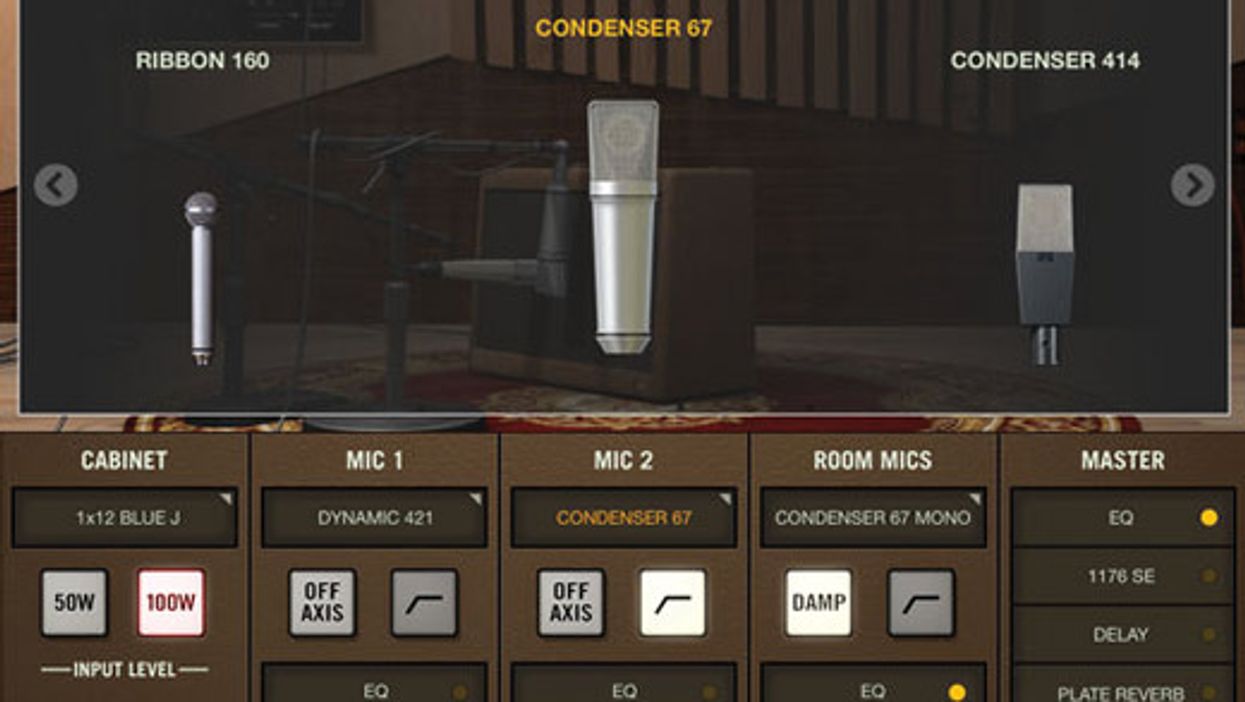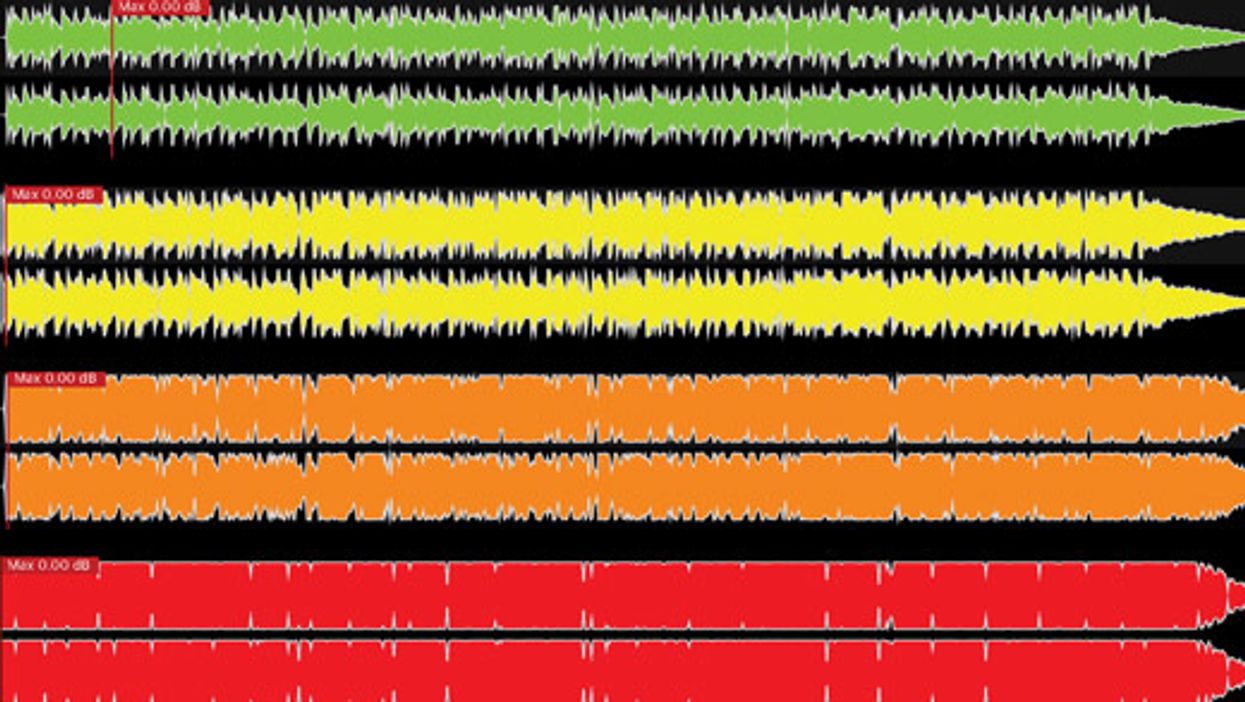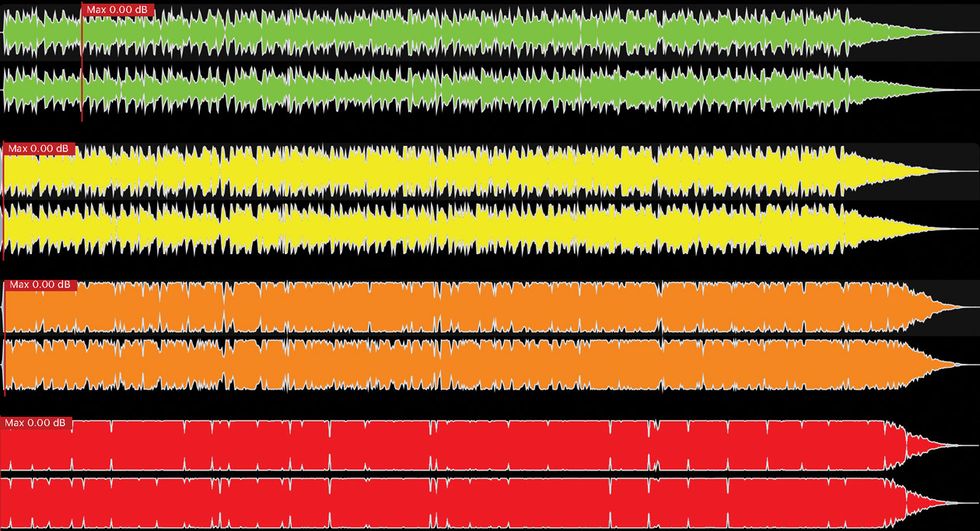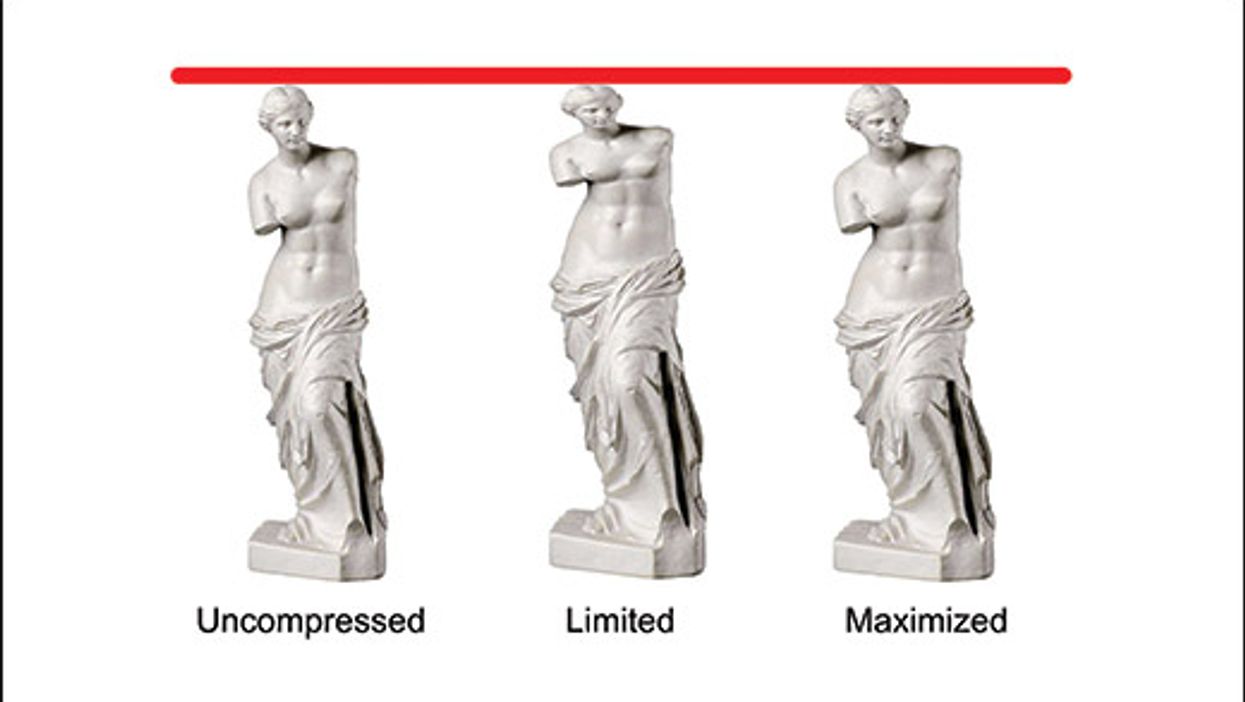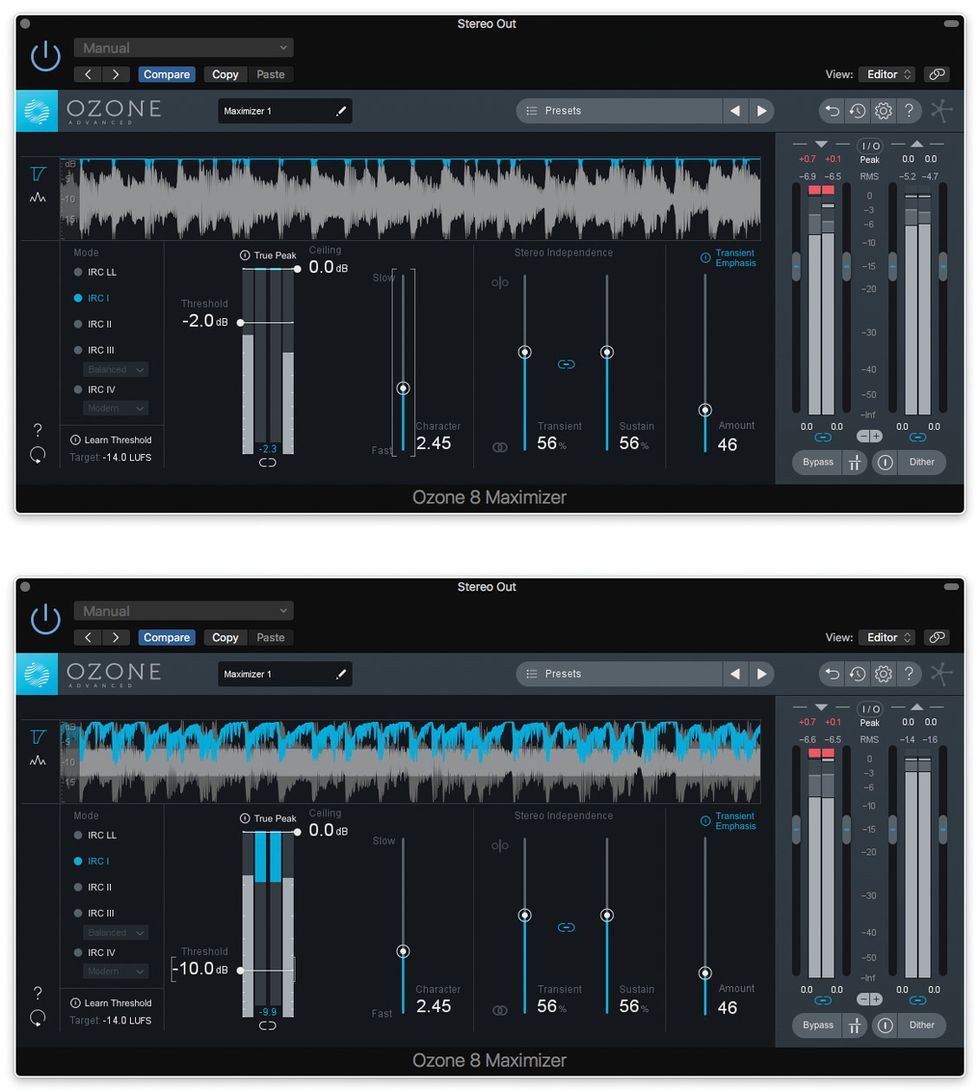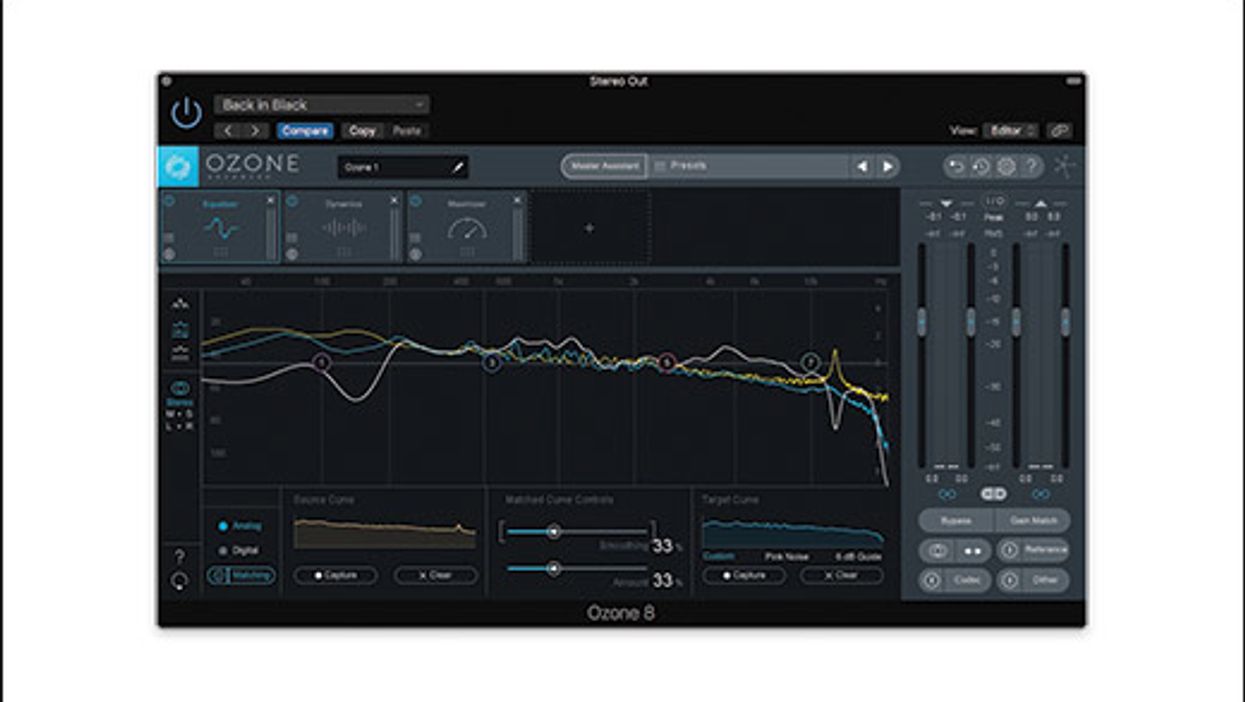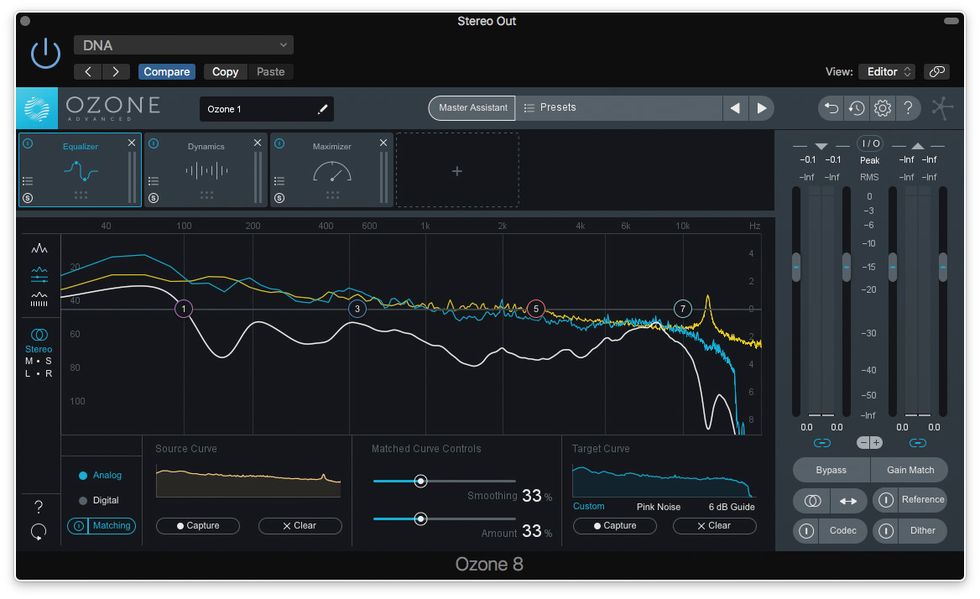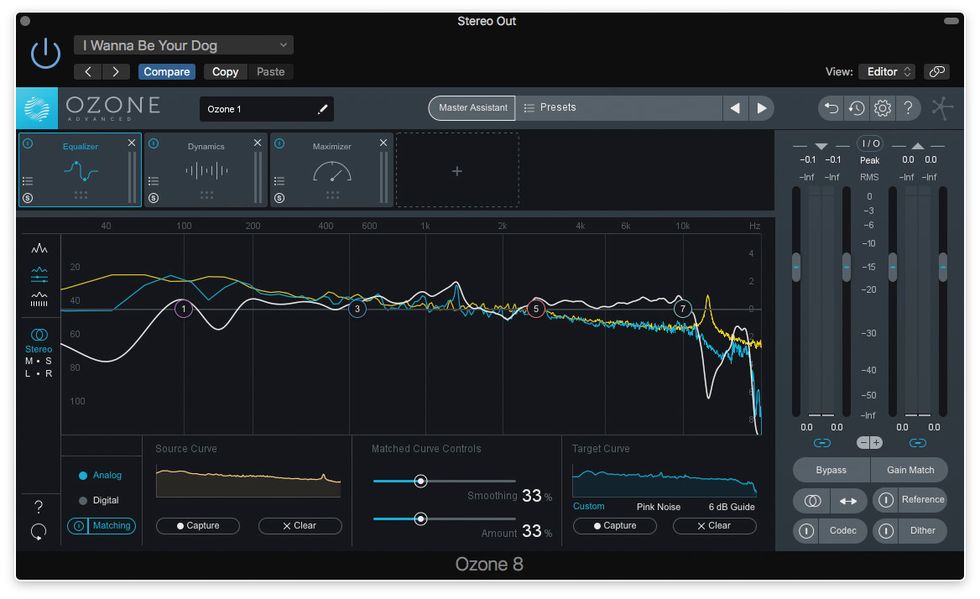Good tone isn't always the right tone. Yeah, there are times when we should strive to sound as attractive as possible. But some music calls for a different approach.
This isn't the first time I've compared guitar recording to acting, but, hey, the costume still fits. Selecting tones can be like playing a role. You're not always being cast as studly Sean Connery in a tuxedo or Scarlett Johansson in a slinky cat suit. Sometimes you've got to be more like Charlize Theron uglifying herself to play serial killer Aileen Wuornos in Monster, or John Hurt donning a horrific rubber costume to portray deformed Joseph “John" Merrick in The Elephant Man.
Dead Tones I learned this lesson many years ago when I first started recording with Tom Waits, whose music has deliberately homely and grotesque qualities. He asked me to bring a banjo to a session. I arrived with my Deering, a beautiful and expensive instrument I'd inherited. After a few notes, Tom frowned.
“Maybe you should take off the resonator," he suggested, referring to the wooden plate behind the head that makes the banjo louder and brighter.
I unscrewed the resonator, but Tom still looked unhappy. “Can you make it sound more poor?" he asked. “Maybe deaden the strings?"
I threaded a rag under the strings at the bridge, but still no joy. Tom said, “Maybe you should just play my banjo." He produced a dirty, rusted antique with thudding, decades-old strings and sadistically high action. Just playing a simple melody required 100 percent concentration.
“That's it," he said when I tried the part again. “Death banjo."
A Bevy of Beasties
Since then I've always maintained a few far-from-fine instruments. Don't get me wrong—I own more high-quality guitars than I deserve, and they're usually my instruments of first resort. But when drama demands it, I reach for an axe that some players would be tempted to destroy with an axe.
Allow me to introduce four of my perfectly imperfect instruments. Lined up in the photo, these guitars actually look pretty together! But they don't sound that way.
Take the 335-ish thing at the left. It's a 1960s plywood Gibson knockoff from Japan's Tempo line. It has no tone block, and the neck/body joint is insubstantial, so there's little sustain. The action is sky-high, and the guitar is almost impossible to intonate. The hardware is featherweight and the whammy bar is a suicide deathtrap. You can't play the Tempo quickly or smoothly. It enforces crude, brutal playing. Ex. 1 features the instrument solo, while Ex. 2 displays its “charms" in a band context.
See what I mean?
Next up is a plastic Maccaferri G-40 from the 1950s. This is nothing like the guitars that Mario Maccaferri made for Django Reinhardt. It was his attempt to create cheap, mass-produced instruments. It sounds like … well, plastic (Ex. 3).
The tone is thin. The frequency range is limited. Sustain is modest. But the guitar oozes character. A few years ago when I was composing for a public service TV ad about meth addiction (Ex. 4), it felt like the right choice. The guitar also sounds cool through a contact mic plugged into a funky amp with trem and reverb (Ex. 5).
I felt like a chump when I paid a couple of hundred pounds for my G-40 in London's Denmark Street a dozen years ago, because I'd heard of them selling for less than 50 bucks. Now they fetch $2,500 or more on EBay and reverb.com. (Okay, so now it's an expensive guitar. But it still sounds cheap.)
Sad Sounds
Next in the rogue's gallery is a 1930s Cathedranola. It's gorgeous at a distance, with its faux-tortoiseshell fingerboard and shiny resonator. But closer inspection reveals that it too is a plywood piece of crap. The resonator is purely cosmetic. It was added to dupe potential Dobro and National customers. (The Slingerland drum company made these, and that fingerboard is formed from drum shell material.) The thin, plinky tone is … well, not far removed from Tom Waits's death banjo. Sad.
The last in the lineup is a guitar for kids: Fender's Hello Kitty Stratocaster. You can still find these for around $200 (though this one was gifted to me by the lovely and talented Jane Wiedlin). Aside from the kitty appliqué, it's about as bare-bones as a Strat can get. The playing experience is rough, but the Kitty has a trashy-cool character (Ex. 7). And just to close the circle, Ex. 8 features the Kitty alongside the Tempo “335."
Now, I'm not suggesting you seek out these particular guitars, and not merely because some have become morbidly overpriced. It's not about specific sounds so much as tones whose dramatic impact comes from their imperfections. There are countless low-performance/high-drama guitars out there, so choose your own cheap adventure!
FINAL EXAM
Q. When devising a part for a song about desolation, violence, loneliness, death, or despair, it's often a good idea to _____.
A. Plug your PRS Dragon into 17 hi-fi digital stompboxes and the finest Dumble in your collection.
B. Grab some piece of pawnshop crap whose harsh sound evokes harsh emotions.
C. Potassium.
Has anyone else out there gotten good results from bad guitars? Show and tell, please!




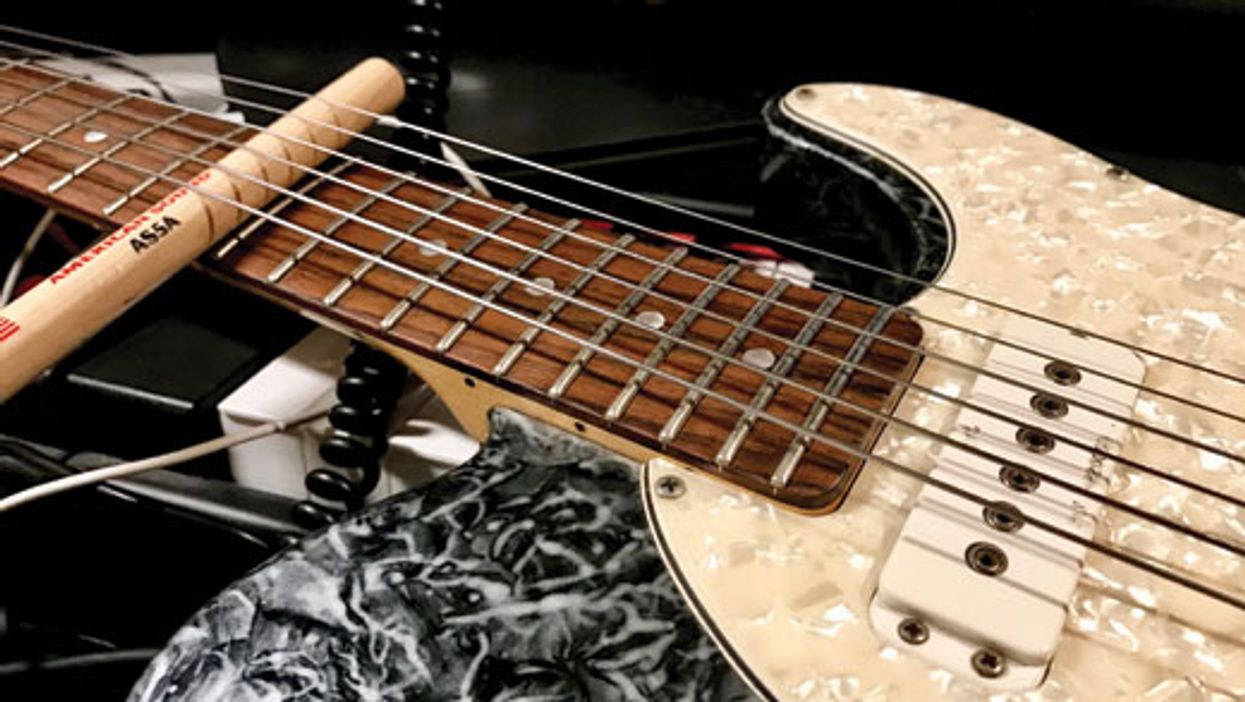
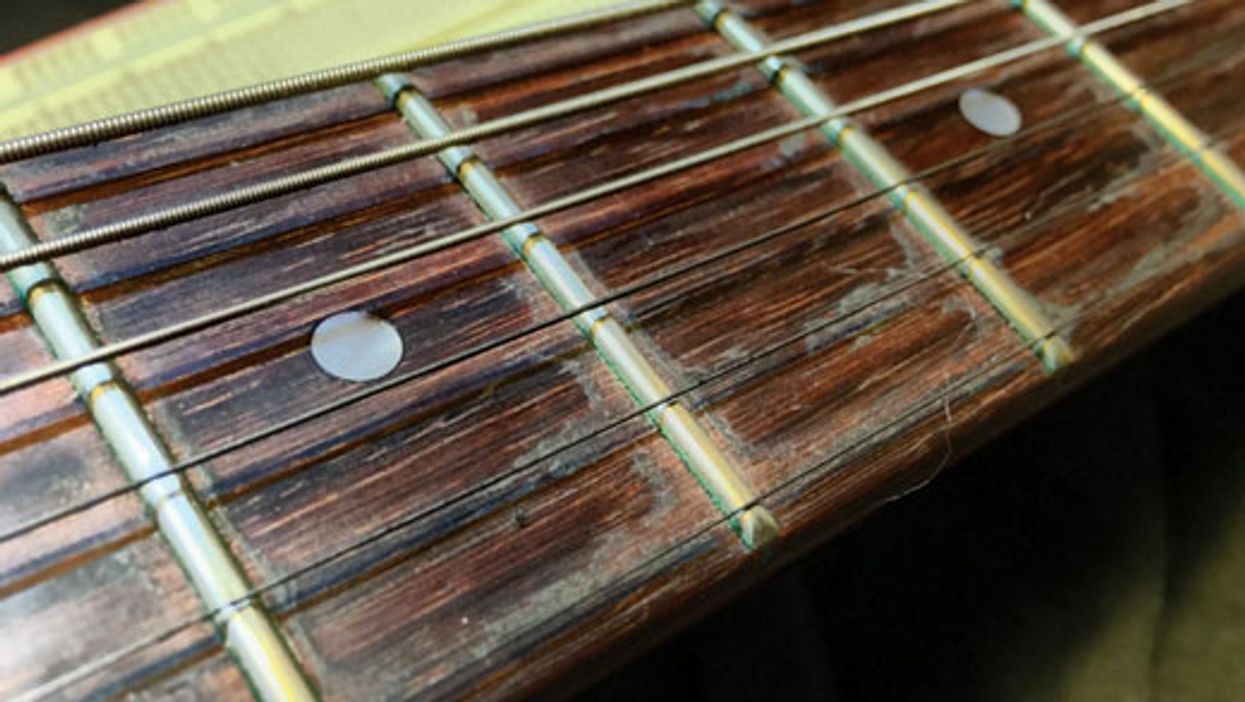
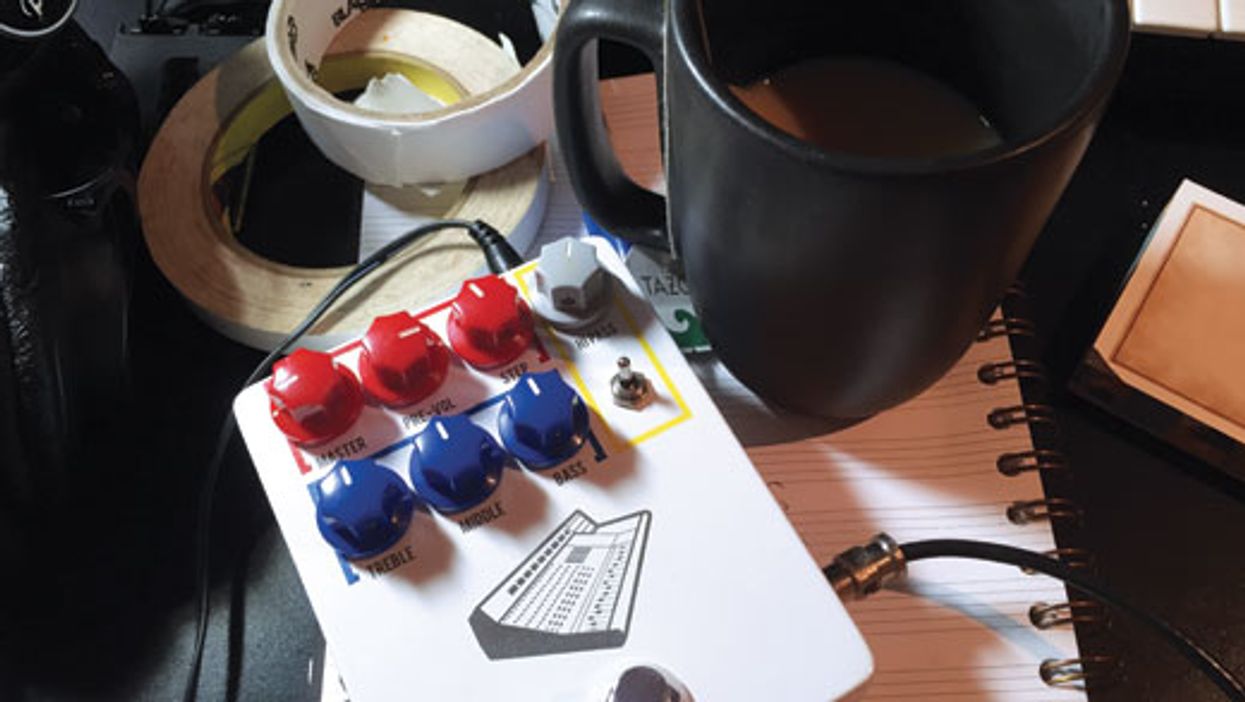
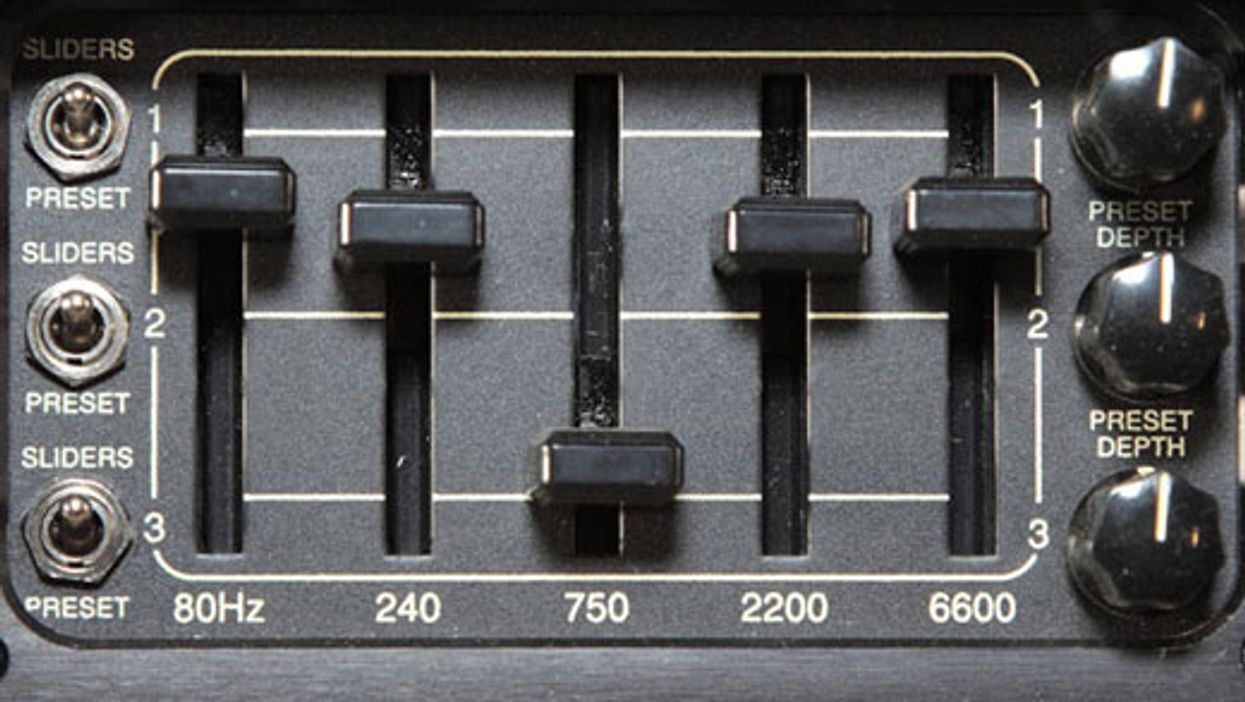
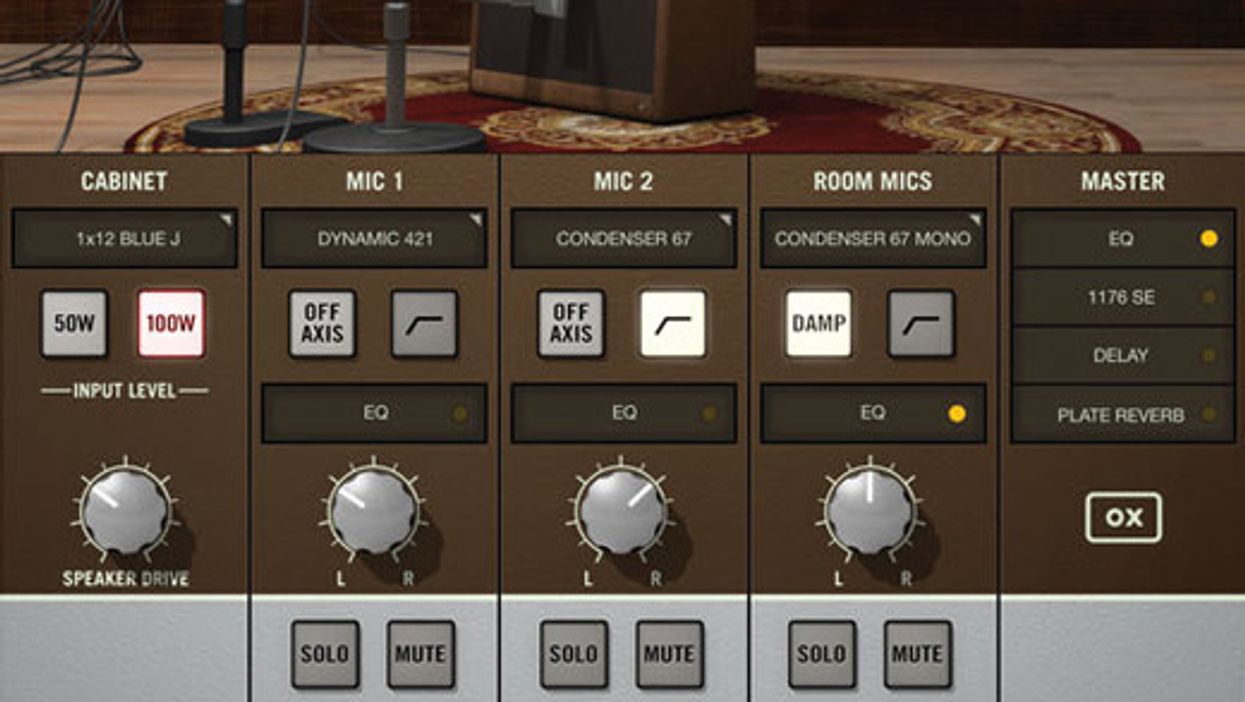



![Rig Rundown: Russian Circles’ Mike Sullivan [2025]](https://www.premierguitar.com/media-library/youtube.jpg?id=62303631&width=1245&height=700&quality=70&coordinates=0%2C0%2C0%2C0)


